Best Heat Exchanger Pot For Backpacking Ultralight 2024
Last Updated: April 1, 2024
You Should Choose A Heat Exchanger Pot For Backpacking
Move over titanium pot, the hot new thing is an aluminum heat exchanger pot for backpacking, featuring super fast boil time, increased fuel efficiency, and drastically better performance in cold and wind. In fact, our staff hasn’t used an old-school titanium pot in the last few years. Have you updated your kit? Now is this time!
With heat exchanger base technology, the humble backpacking pot has finally been ushered into the high-tech, high performance future! That odd-looking, corrugated ring affixed to the underside of certain pots blocks wind and concentrates heat, improving boil time and fuel economy by 25-50% vs. old-school pots. Now we are scratching our heads for the limited situations where a titanium pot might make sense. Don’t worry there still are a few, and we’ll let you know when.
How To Choose A Backpacking Pot
- Approximate capacity of .8-1L, best size for 1-2 backpackers
- Weighs 4-7 oz, nests fuel canister, fold-out handle
- First Choice: aluminum body heat exchanger pot. Improves boil time, fuel economy, blocks wind. Best all around
- Second Choice: titanium body minimizes weight, maximizes durability. Best for very short, fair weather trips
- Third Choice: aluminum body, no heat exchanger, ceramic non-stick coating. Best for in-pot gourmet cooking
While you’re here, don’t miss our related guide to backpacking stoves, SuperStoves, backpacking mugs, knives, long handle spoons, hiking water bottles, water filters, stoves, freeze dried meals, and backpacking food.
You make Adventure Alan & Co possible. When purchasing through links on our site, we may earn an affiliate commission at no additional cost to you. Here’s why you can trust us.
Best Heat Exchanger Pot for Backpacking
- Best All-Around Heat Exchanger: Olicamp XTS Pot
- Best All-Around Heat Exchanger: Fire Maple FMC-XK6
- Best Heat Exchanger For Solo: Fire Maple Petrel
- Best Performance Heat Exchanger: Jetboil Stash Pot
Best Non Heat Exchanger Pot for Backpacking
- Best All-Around Titanium: TOAKS Titanium D115
- Best Performance Titanium: MSR Titan Kettle 900
- Best For Cold Soaking: Vargo Bot XL
- Best For In-Pot Cooking: MSR Ceramic Pot
Backpacking Pot Comparison Table
Mobile users rotate device for full-width table
| Model | Price ($) | Weight (oz) | Volume (ml) | Material | Nests Canister Size** |
Heat Exchanger Base
|
| TOAKS Titanium D115 | 45 | 4.0 | 900 | Titanium | Medium | No |
| MSR Titan Kettle | 65 | 4.4 | 900 | Titanium | Medium | No |
| Jetboil Stash Pot | 150 | 5.1 | 800 | Aluminum | Small | Yes |
| Vargo Bot XL | 110 | 5.5 | 1100 | Titanium | Medium | No |
| Firemaple Petrel | 24 | 5.7 | 800* | Aluminum | Small | Yes |
| Olicamp XTS | 33 | 6.7 | 1000 | Aluminum | Medium | Yes |
| Fire Maple FMC-XK6 | 35 | 6.7 | 1000 | Aluminum | Medium | Yes |
| MSR Ceramic | 60 | 7.5 | 1300 | Aluminum | Medium | No |
*Manufacturer lists at 600 ml to max fill line, but pot filled to just below rim holds 800ml
**Small canisters are 4 oz/110g, medium canisters are 8 oz/220g
Best Heat Exchanger Pot Reviews
Olicamp XTS Heat Exchanger Pot
The Olicamp XTS is your quintessential heat exchanger pot. The corrugated base ring blocks wind and contains the flame for increased heat transfer capacity. This style of pot literally improves the performance of your stove. And what a deal, considering that it only costs $33.
Beyond the heat exchanger benefits, we also note that it comes in the perfect size – 1L – great for mixed 1p and 2p use. It also nests small and medium sized fuel canisters in addition to your stove. The fold out handles are siliconized to improve grip and prevent burns. At 6.7 ounces, it’s not the lightest pot available, but recoups weight savings by boosting your stove’s fuel economy on medium or long-length trips. We give this backpacking pot the highest possible marks for value-to-performance ratio. All things considered, most backpackers should buy this pot.
- Price: $33
- Weight: 6.7 oz
- Volume: 1000 ml
- Material: Aluminum
- Nests: 8 oz fuel canister
- Features: Heat exchanger ring. Siliconized handle. Lid with pour hole and snap fit.
- Pros: Lightweight. Perfect size. Exceptional value. Heat exchanger base ring adds wind resistance, improves fuel economy, decreases boil time.
- Cons: Lighter weight and less bulky options exist.
Fire Maple FMC-XK6 Heat Exchanger Pot
For all of the aforementioned reasons that we like the Olicamp XTS Pot, we also like the Fire Maple FMC-XK6 – that’s because it’s the exact same design, down to every last detail. Same size, same weight, same materials, same lid, same handle, down the exact same angle of the struts on its heat exchanger base. Intellectual property law and ethics aside, the fact is that this backpacking pot is available on the open market and ready to cook with.
Any pot with a heat exchanger is a cut above those without, which makes this Fire Maple well worth considering, despite being a knock off. This is due to the way in which it improves stove performance via increased wind-resistance and flame concentration. Ultimately this speeds up boil time and decreases fuel use which results in decreased consumable weight. We only just scored the Fire Maple FMC-XK6, but as far as we can tell, it’s just as good as our top pick, the Olicamp XTS.
- Price: $35
- Weight: 6.7 oz
- Volume: 1000 ml
- Material: Aluminum
- Features: Heat Exchanger Base. Fold out handle with grips.
- Nests: 8 oz fuel canister
- Pros: Lightweight. Perfect size. Affordable. Heat exchanger base ring adds wind resistance, improves fuel economy, decreases boil time.
- Cons: Lighter weight and less bulky options exist. New and relatively untested. Knock off of Olicamp XTS
Firemaple Petrel Ultralight Pot
The new Firemaple Petrel Pot is exciting because it is one of, if not the first, standalone heat exchanger pots with built-in stove arm notches that definitely increase stability and hypothetically increase efficacy. Like all of the rest, its heat exchanger improves your stove’s boil time and fuel economy by trapping heat and blocking wind. It features a superb Tritan plastic lid, with a flip up lid-locking handle. Petrel is one of the very best pots on the market for solo use, and likely the single most compact, held back only by its slightly-too-narrow-to-be-optimal diameter. Despite the heat exchanger, some heat escapes out the sides and slows boil time compared to wider pots. Also, it holds up to 800 ml when filled to top, 600 ml to the conservative max fill line.
The Firemaple Petrel is often sold bundled with a burner called the Hornet II, which we recommend against. Instead, use the Soto Windmaster stove with Tri-Flex arms, or the MSR Pocket Rocket Deluxe, which fits awkwardly but securely into the notches.
- Price: $24
- Weight: 5.7 oz
- Volume: 800 ml, (600ml to max fill line)
- Material:Anodized aluminum pot, Tritan plastic lid, silicone grip.
- Features:Heat exchanger ring. Siliconized handle. Handle locks down lid.
- Nests: 4 oz fuel canister + stove burner
- Pros:Lightweight. Great price. Exceptional value. Heat exchanger base adds wind resistance, improves fuel economy, decreases boil time. Notched base stabilizes arms, lowers pot onto flame for hypothetical increased efficiency. Notches arms make pot very secure.
- Cons:Narrow diameter pot shape squanders max heat transfer potential. Confusion about mislabeled volume. Often sold with low performance burner.
Jetboil Stash Heat Exchanger Pot
Choose the backpacking pot from the Jetboil Stash System because it offers the best blend backcountry performance, weight minimization, features, wind-resistance, and decreased boil time. Thanks to the heat exchanger ring affixed to its base, Stash is one of few pots that actually increases your stove’s fuel economy and wind resistance. While marginally heavier than its titanium peers, the aluminum chassis performs better when it comes to heat transfer from flame to water. What’s more, you get a siliconized handle that flips up to secure the lid in place. And when nested, the pot lid holds a four ounce fuel canister and lighter without rattling around.
However, there are downsides. First and foremost, Jetboil only sells this unit as a pot-stove combo package; while the pot is best-in-class, the stove unit is only a top performer in fair-weather conditions. If you already have a top tier stove like MSR Pocket Rocket Deluxe, acquiring the Stash Pot means wasting money on a stove you don’t need or want.
One potential downside to Stash Pot is that it’s so effective at heat transfer that it increases the likelihood of burning food on the bottom if used for cooking drier foods, rather than just boiling water or soupy foods. Lastly, at 800 ml, it’s just a smidge smaller than our preferred 1L bullseye, but perfect for solo-use and just big enough for couples.
Safety Warning: The Jetboil Stash Pot was designed exclusively for use with the Jetboil Stash Burner. Using the Jetboil Stash Pot with any other burner is hazardous, voids the warranty, risks product damage due to overheating, and personal injury. Please read Jetboil Stash System User Manual for more information about proper and safe handling.
- Price: $150
- Weight: 5.1
- Volume: 800 ml
- Material: Aluminum
- Features: Heat exchanger base ring, siliconized handle, fuel canister and lighter nesting lid. Lid with pour hole and snap fit.
- Nests: 4 oz fuel canister
- Pros: Lightweight. Increases stove’s fuel efficiency and wind resistance. Nests beautifully. Thermally efficient. Quiet and does not rattle.
- Cons: Requires purchasing expensive stove/pot bundle. Aluminum is heavier than titanium. A bit small. Better for boiling water than cooking food.
Best Non Heat Exchanger Pot Reviews
TOAKS Titanium D115
The TOAKS Titanium D115 is our top value pick titanium backpacking pot because it offers the best blend of low weight, low price, and high user reviews. It is minimalist and simple, yet highly effective. Perhaps the only thing we’d change is siliconizing its handles and lid grip. But aside from that, TOAKS knocked this one out of the park. Such a classic ultralight pot! Note, the namesake D115 refers to the pot’s diameter in millimeters. The 130mm diamter version used to be more popular, but always earned significantly lower user reviews due to flimsier walls (larger diameter circles are less structurally sound) and very few retailers still stock it. That said, we actually preferred the wider version for being easier to eat out of and clean, and having better heat transfer. But the people have voted with their dollars and prefer the D115. So we recommend it here.
- Price: $45
- Weight: 4.0
- Volume: 900 ml
- Material: Titanium
- Features: Fold out handle.
- Nests: 8 oz fuel canister
- Pros: Ultralight. Highly rated. Simple. Affordable. Effective. Extended handles.
- Cons: Insecure lid. Lid grip is not siliconized. Handles can get hot. Storage bag sheds fiber.
MSR Titan Kettle 900
The MSR Titan Kettle is a really nice titanium pot with all of the right features. Firstly, it weighs just 4.4 oz, making it lighter than the average, even among other ultralight titanium pots. It also has a small-but-effective pour spout. This is great for safely pouring boiling water and reducing the likelihood of hot water burns. We also nod to the siliconized lid and handle grips, and how the lid fits securely onto the pot. Perhaps our only complaint would be potential durability concerns with the somewhat flimsy silicone lid grip potentially breaking. But all in all, this is a really nice piece of ultralight cookware!
- Price: $65
- Weight: 4.4 oz
- Volume: 900 ml
- Material: Titanium
- Features: Siliconized fold out handle. Pour spout. Siliconize lid grip.
- Nest: 8 oz fuel canister
- Pros: Ultralight. Secure lid fit and pour spot. Fully siliconized grips prevent burns.
- Cons: Slightly lighter weight and less expensive models exist. Durability concerns with silicone lid grip.
Vargo Bot XL
Now’s here’s unique backpacking pot – the Vargo Bot XL. Is it a bottle, or a pot? Why not both? This is all thanks to the water-tight, threaded lid, which allows for hybrid functionality, unique among all titanium pots. While you can use it for storing water, we think the main purpose is for those who like to cold soak their meals, such as overnight oats, for example. While it is heavier than some of the more minimalist pots, it may allow you to ditch a stove and fuel canister during the warmer months, so weight savings can still be realized.
The Vargo Bot series comes in a number of sizes, but we recommend the XL, because it’s the widest and easiest to eat out of/clean up. The others are a bit narrower and harder to balance on a stove for cooking or eating.
Lastly, we note a few downsides. First and foremost, the price tag, which is approximately double the average price point of other pots in this guide. Secondly, while the lid can be used upside down to create a lid-like heat barrier while cooking, it does not snap into place and must simply be balanced on top of the pot and cannot be easily/safely handled without burn risk. Lastly, as a reminder, you must never have the lid screwed on while cooking or it will build pressure and explode! Screwing the lid on with warm/hot water inside will create a pressure differential seal that requires a credit card to break open.
- Price: $110
- Weight: 5.5 oz
- Volume: 1100 ml
- Material: Titanium
- Features: Water-tight screw on lid. Flip out handles.
- Nests: 8 oz fuel canister
- Pros: Lightweight. Can be used for cold soaking or storing leftovers without spillage. Unique.
- Cons: Very expensive. Heavier. Screw-on lid is unnecessary unless you have a specific plan to use it. Lid is awkward for cooking, no lid grip. Handles can cause burns.
MSR Ceramic Solo Pot 1.3L
For backcountry gourmet cooking, we recommend the MSR Ceramic Solo Pot in the 1.3L size. The anodized aluminum is hard, light, and delivers an even heat distribution and good heat transfer. You also get a ceramic interior coating for non-stick benefits – a huge bonus for in-pot cooking. When the handle is not in use, it closes down overtop to lock the lid in place.
While we normally prefer heat exchanger models for the purposes of boiling water, the increased heat transfer also increases the likelihood of food burning to the inside. So from a pure in-pot cooking perspective, models without a heat exchanger base are superior.
- Price: $60
- Weight: 7.5 oz
- Volume: 1300 ml
- Material: Aluminum
- Features: Fold down handle locks lid, drain hole, siliconized lid grip, ceramic non-stick coating
- Nests: 8 oz fuel canister
- Pros: Great size for 2P. Good heat transfer with non-stick interior is great for gourmet cooking. Handle locks lid into place. Fits medium canisters.
- Cons: Smallest size is still too large for 1P use. Bulky and midweight. Expensive. Less efficient for just boiling water.
Expanded Backpacking Pot Criteria
Why We Love The Heat Exchanger Pot For Backpacking
This feature has been around for ages, but until recently, it was only ever designed into integrated systems like Jetboil Flash or MSR Windburner. Seeing heat exchangers on standalone pots is relatively new, popularized by Jetboil Stash, and can now also be found on the Olicamp XTS. At time of publication, it is only available on aluminum pots.
A heat exchanger is comprised of a corrugated aluminum ring affixed to the exterior base of the pot and supported by struts. It encircles the burner’s flame, and collects heat directly underneath the pot, increasing the amount of heat transferred from flame to water. The corrugated fins reduces thermal loss due to wind and prevents heat from drifting away, without entirely cutting off airflow.
According to Fire Maple, the heat exchanger base increases stove efficiency by 30% and our own testing approximately validates this conclusion. In 35F temperatures with 5mph wind, we saw the following results:
- Soto WindMaster Stove + TOAKS Titanium Pot boiled .5L water 3 minutes using 13.1 g of fuel.
- Soto WindMaster burner + Olicamp XTS Pot boiled .5L water in 2 minutes using 8g of fuel
However, it also concentrates the heat, making the base hotter. This increases the likelihood of burning drier foods to the bottom, and is correlated with pots that are better for boiling water and worse at cooking food. That said it is still entirely possible to safely and easily cook food using heat exchanger tech. However, we recommend cooking foods with higher water content, such as soup, and/or using extra olive oil.
Because it is the only pot feature that improves the performance of your burner, we feel that any pot with a heat exchanger is superior to any pot without. We use heat exchanger pots 100% of the time, and recommend you do too.
Ultralight Backpacking Pot Criteria
- Target weight sweet spot: 5 oz, +/- 2 oz
- Target volume range: 800-1000 ml for 1-2 campers
- Preferred materials: aluminum if heat exchanger. Titanium if no heat exchanger. aluminum if gourmet cooking.
- Heat exchanger base: very very strongly preferred, unless gourmet cooking
- Siliconized handles: preferred
- Fold out handles: mandatory
- Silicone lid grip: preferred
- Functional lid: mandatory
- Screw on lid: optional for cold soaking
- Fuel canister nesting capability: 4 oz mandatory, 8 oz preferred
- Non stick coating: helpful for gourmet cooking
Why one liter is the perfect all-around size for a backpacking pot
We think a 1L pot is the perfect all-around size for a backpacking pot. It’s large enough to cook an absolutely massive meal for one person, or a respectable meal for two. When only boiling water, such as for freeze dried meals or making coffee, you have enough volume to boil liquid for two campers at once. All 1L pots are large enough to nest a four ounce fuel canister, and most are large enough to nest an eight ounce fuel canister.
Furthermore, it doesn’t take up too much bulk in your pack and minimizes weight. Strictly speaking, if you plan to cook a full size meal for two people out of the pot every time, we would recommend the 1.3 L size. If you only ever, ever cook solo, you might choose one as small as 800 ml. Though this can get finicky, harder to eat out of, and harder to clean. But given that a 1L pot can serve one or two people very effectively, it’s just far and away the most universal option.
Materials Matter – Titanium Pot vs Aluminum Pot
Both materials have their merits, and neither is strictly better than the other.
- Pros of aluminum: Accommodates heat exchanger base. Lightweight. Durable. Affordable. Good heat transfer. Even heat distribution. Better for cooking.
- Cons of aluminum: Heavier and less durable than titanium.
- Pros of titanium: Ultralight. Very Durable.
- Cons of titanium: Does not accommodate heat exchanger base. Expensive. Poor heat transfer, uneven heat distribution.
Aluminum Heat Exchanger Pot vs Titanium Pot Without Heat Exchanger
In cold and windy weather, we always recommend bringing a pot with a heat exchanger base. However, in warm, calm, and otherwise fair conditions, the weight savings of a minimalist ultralight titanium pot could be more advantageous and desirable than the thermal efficiency of an aluminum heat exchanger base pot. Based on our testing, a heat exchanger base saves 0.2 oz of fuel for each pint of boiled water compared to a minimalist titanium pot. So depending on the length of your trip and how much cooking you intend to do, a heavier pot with heat exchanger could save weight even if the pot body is 2-3 ounces heavier to start with. But for short trips (2-3 days) in fair weather, an ultralight titanium pot is slightly more weight efficient.
More ultralight backpacking pot features
There are a number of other backpacking pot features worth discussing. For starters, we always prefer a backpacking pot with siliconized grip handles and lid knob. Compared to exposed metal, it decreases the likelihood of getting burned, which in turn increases backcountry safety. We also appreciate a pour spout for increased accuracy while distributing boiling water. Another good backpacking pot feature is a secure lid, that can be snapped on and stays on while tilted up to 90 degrees for pouring. A screw-on lid, such as is found on the Vargo Bot XL, is useful for cold soaking and other niche applications, but is not universally necessary.
History and Backpacking Pot Evolution
Until recently, backpacking pot innovation had gone largely stagnant. Long ago, we used stainless steel; next came aluminum; and finally titanium – heralded for its exceptionally low weight and high strength (but also poor heat transfer and uneven heat distribution).
And there the category sat, unchanged for decades, until the release of Jetboil Stash Stove in 2020 – the first semi-independent ultralight backpacking pot with a heat exchanger base. This inspired the Olicamp XTS, which has already been knocked off by others. And here we are today, officially having entered the era of the heat exchanger backpacking pot. We can’t wait to see how more brands innovate in this space! But for now we are enthusiastic about the entries into this new category.
Ultralight Heat Exchanger Pot Conclusion
Thank you for reading our guide to the best heat exchanger backpacking pot, where we hope you found your new favorite piece of titanium cookware. In summary, this assortment reflects our preferences in backcountry food prep. That is, we believe these are the best pots for boiling water for 1-2 campers who are traveling fast and light, while still offering the ability cook, and doubling as a bowl to eat out of. The very best pots are those with heat exchanger base rings, followed by minimalist titanium pots in second place. Happy camping and happy cooking!

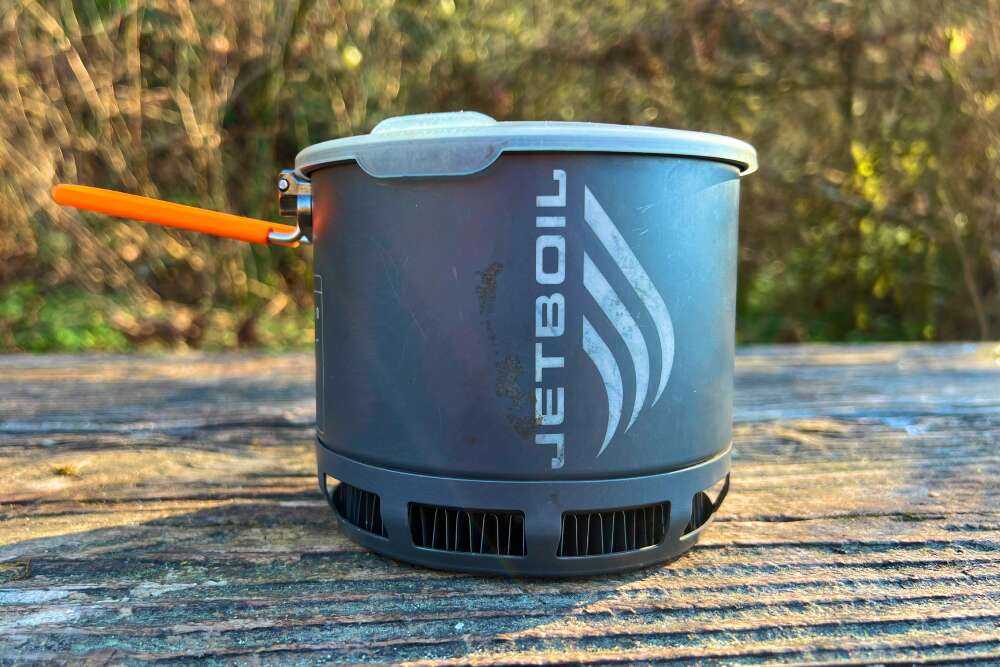
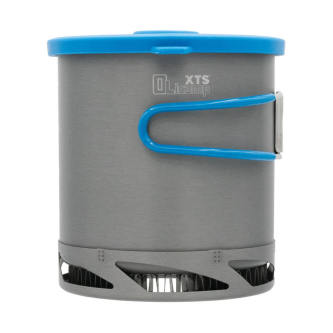
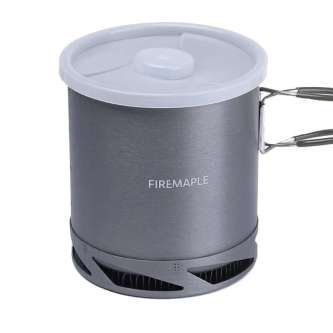
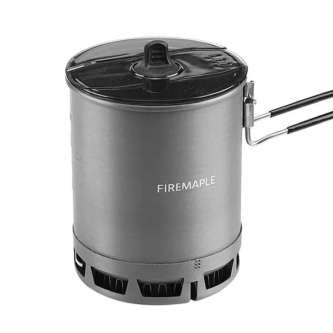
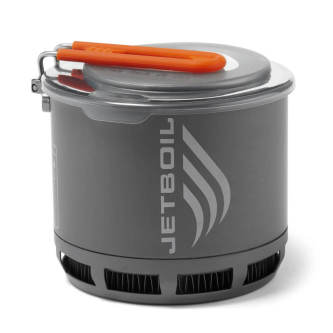
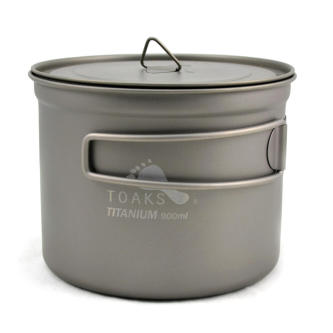
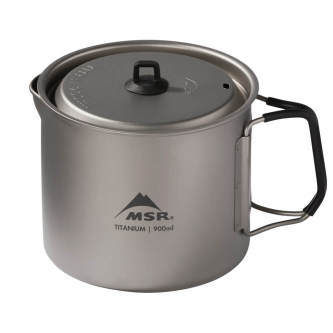
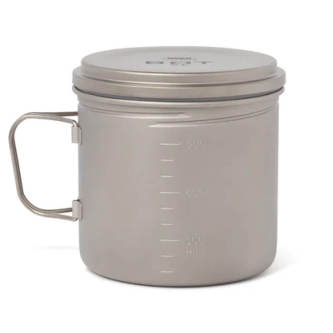
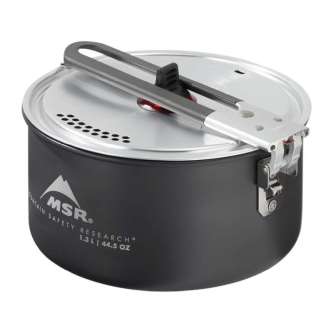
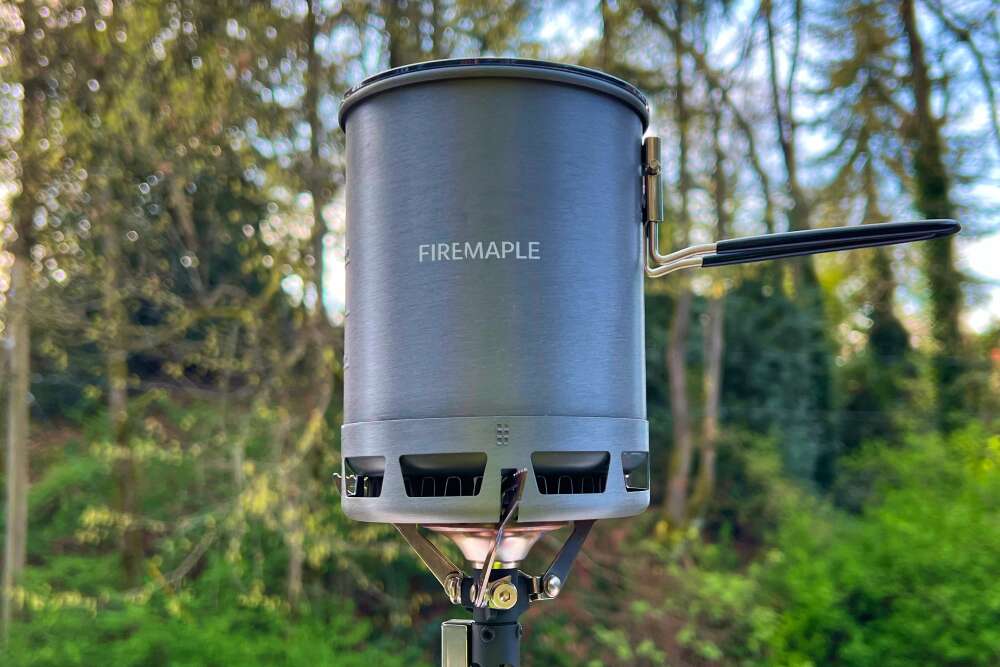
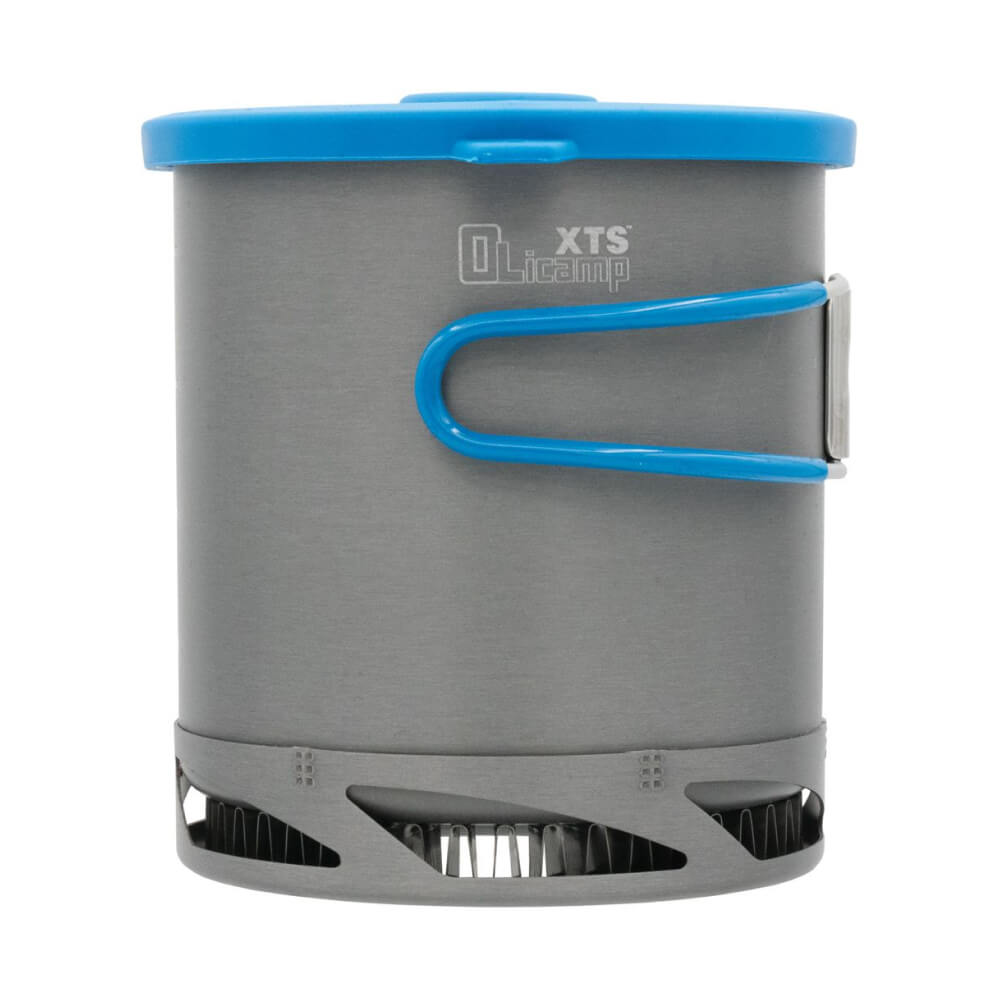
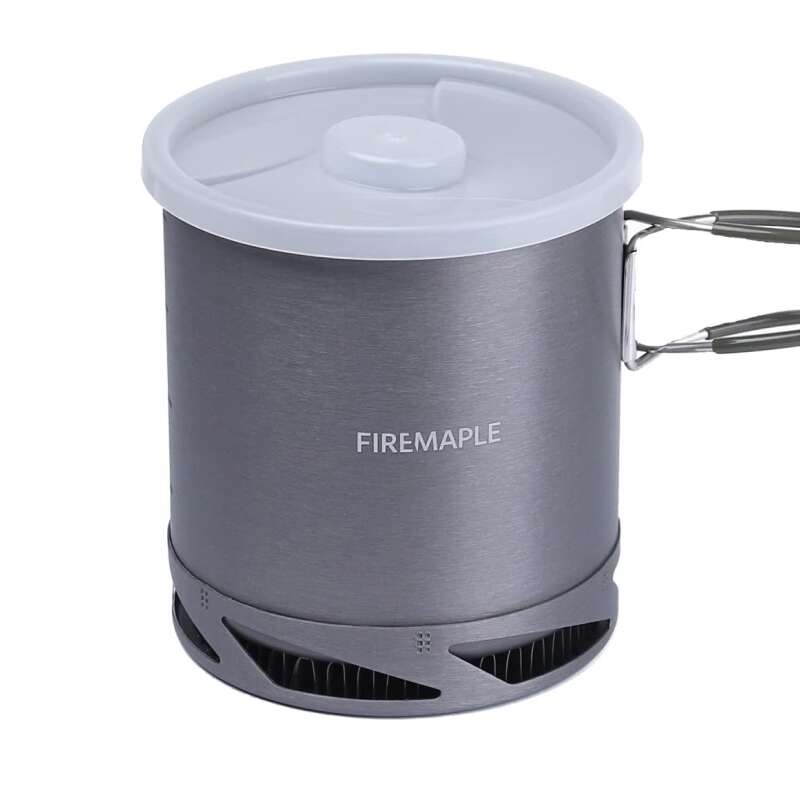
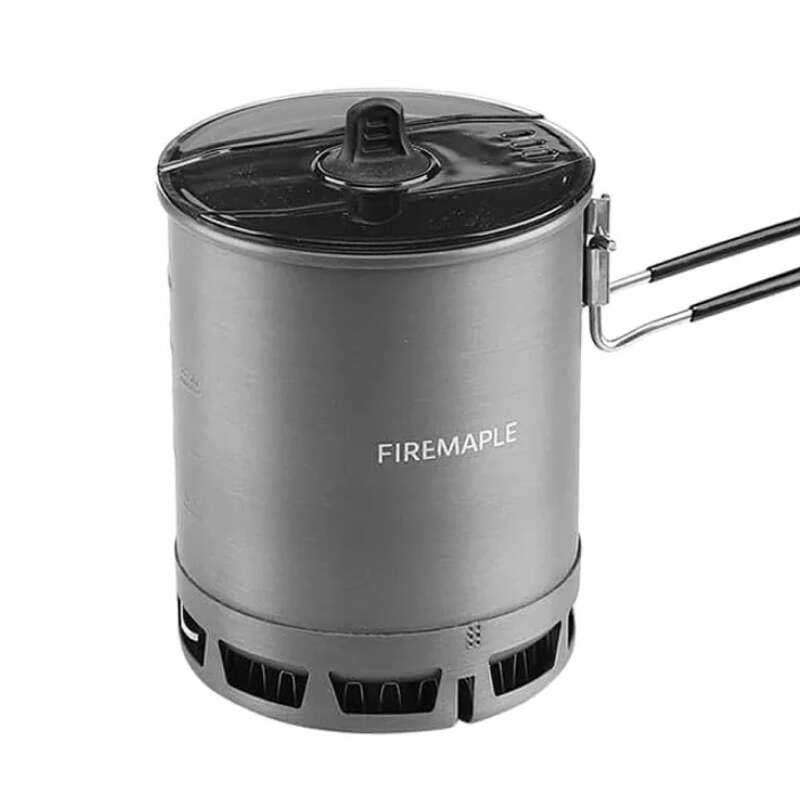
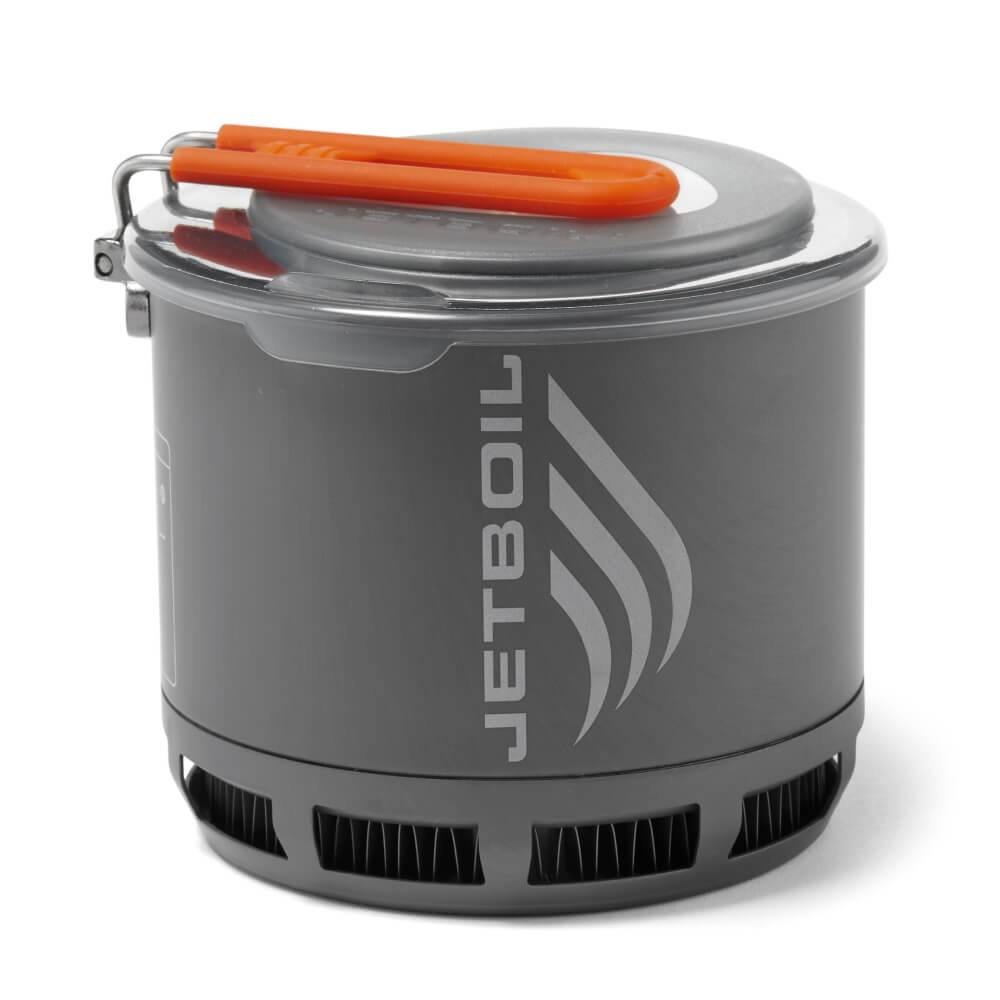
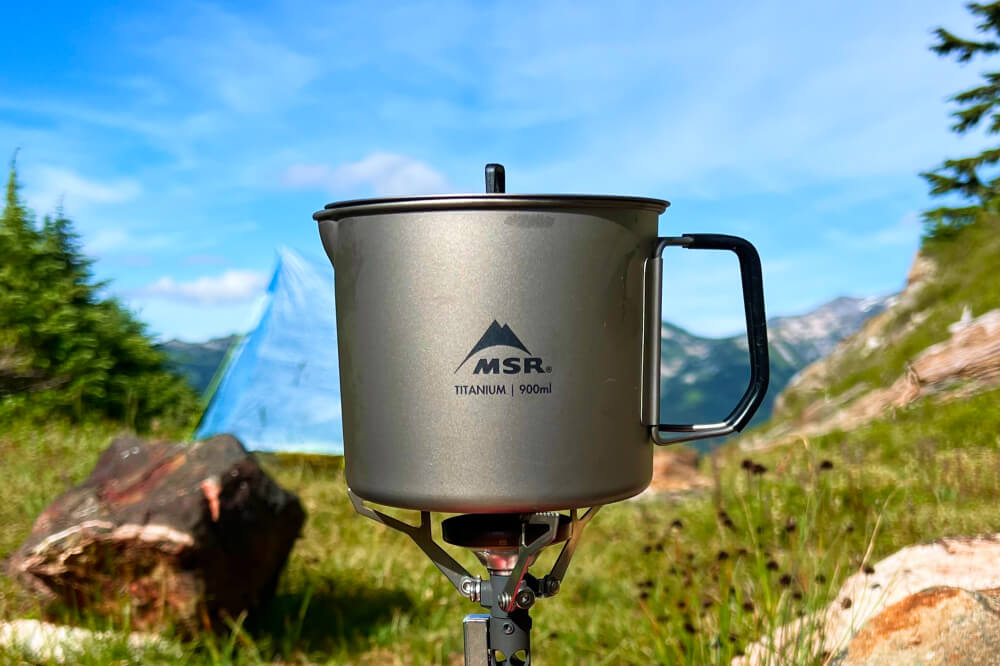
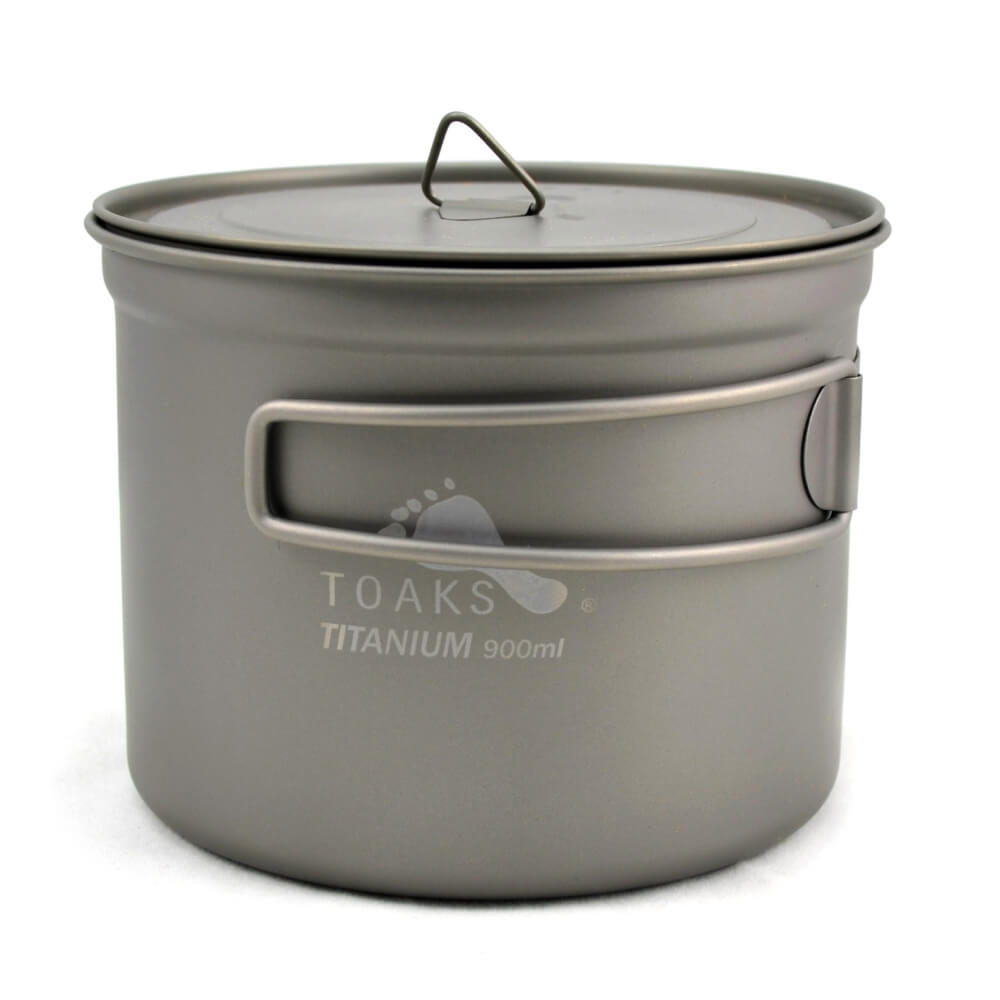
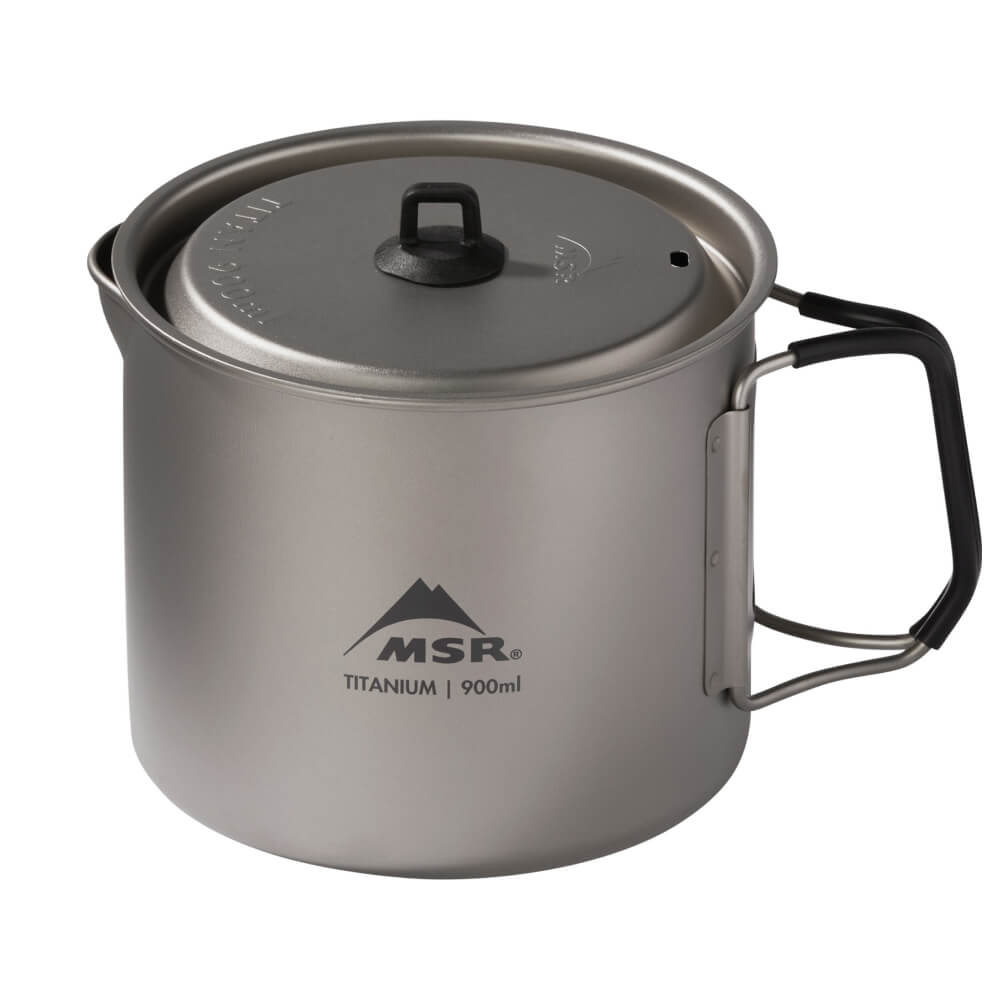
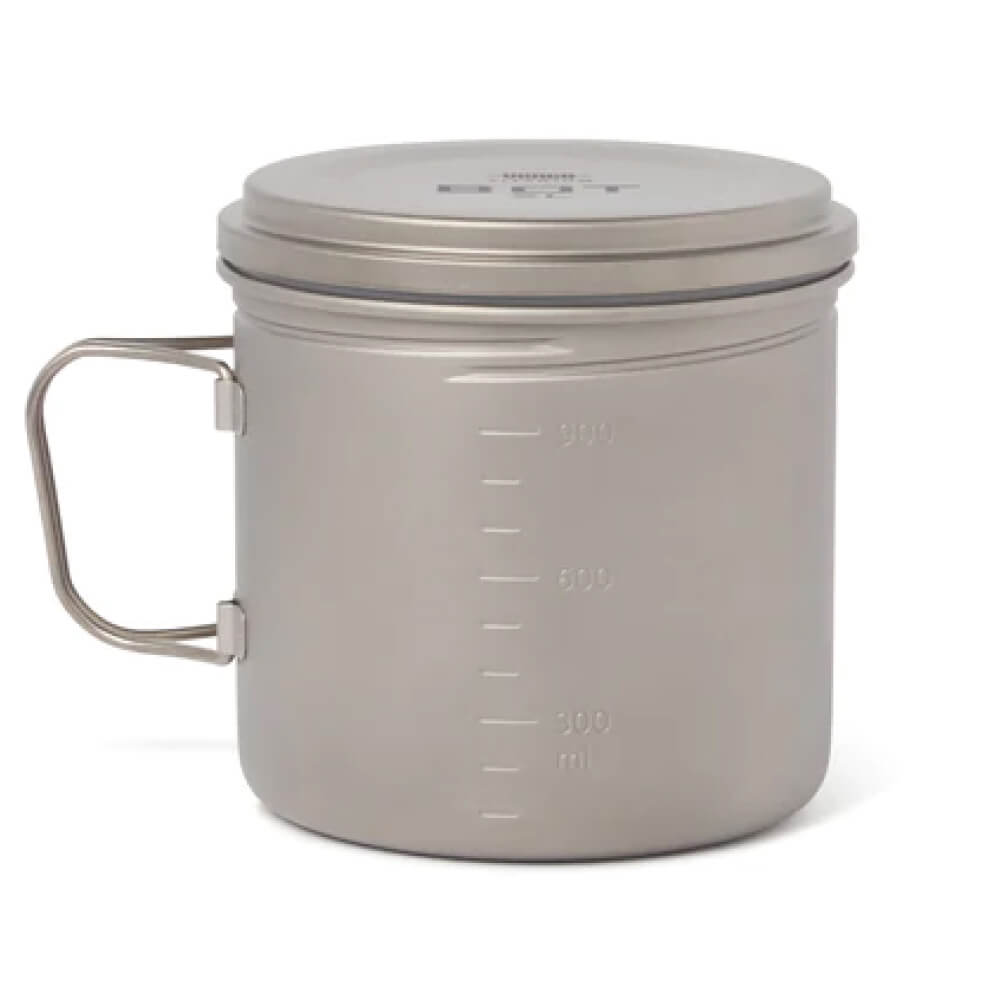
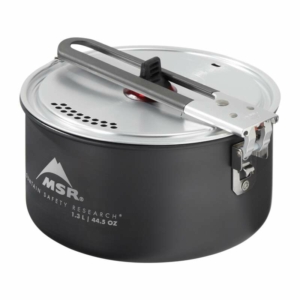
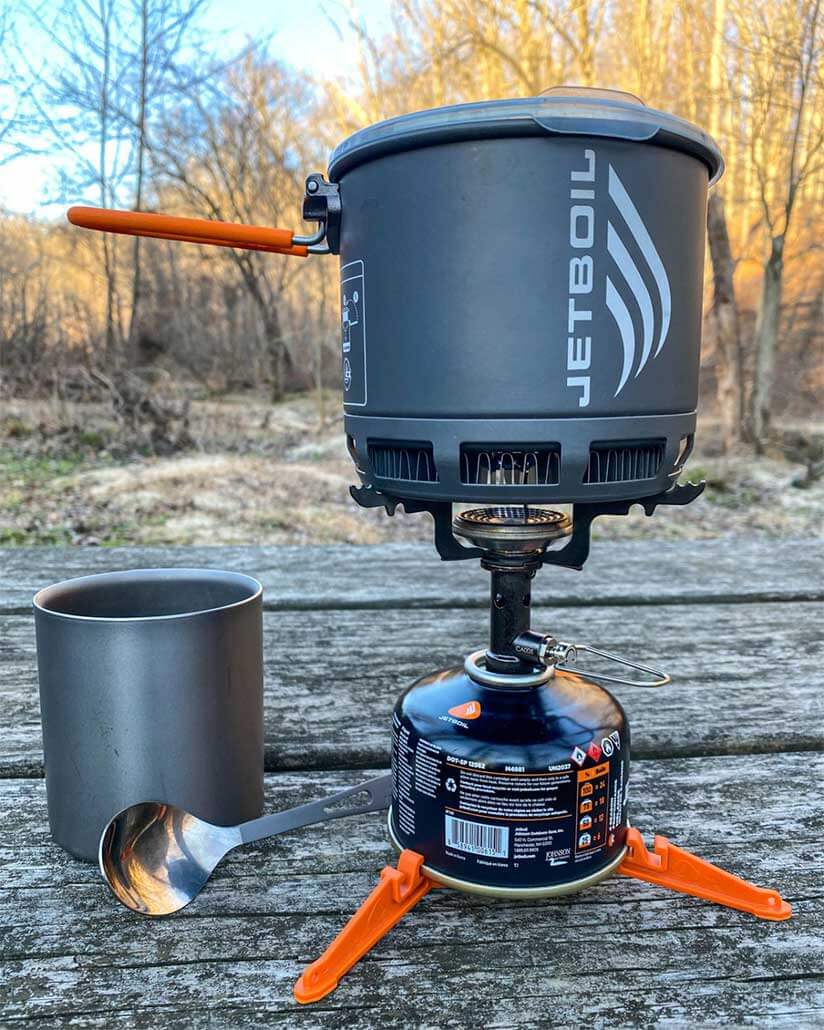
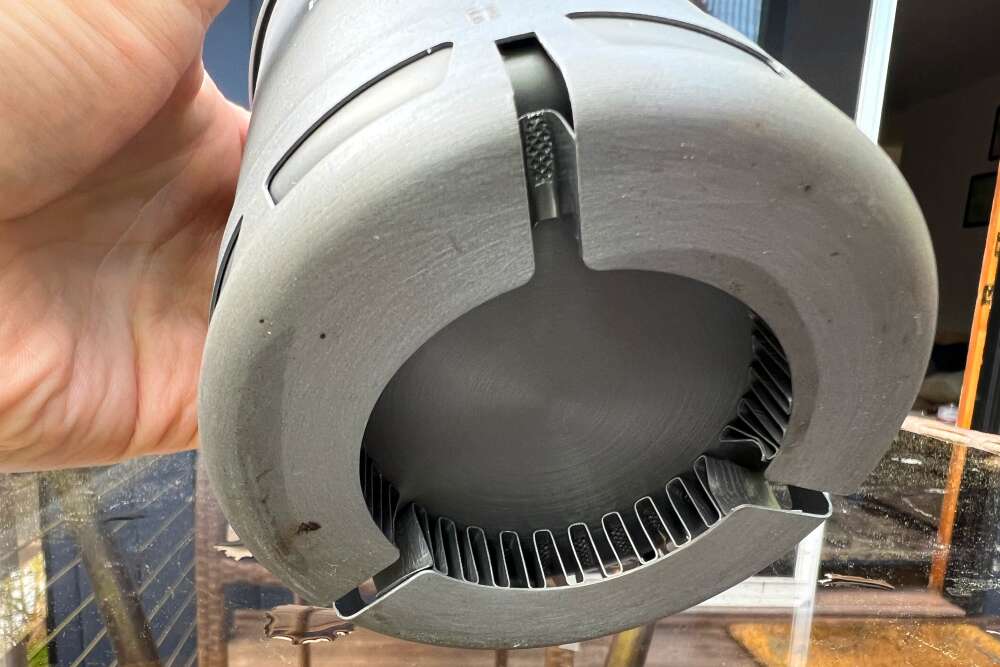


Share this entry